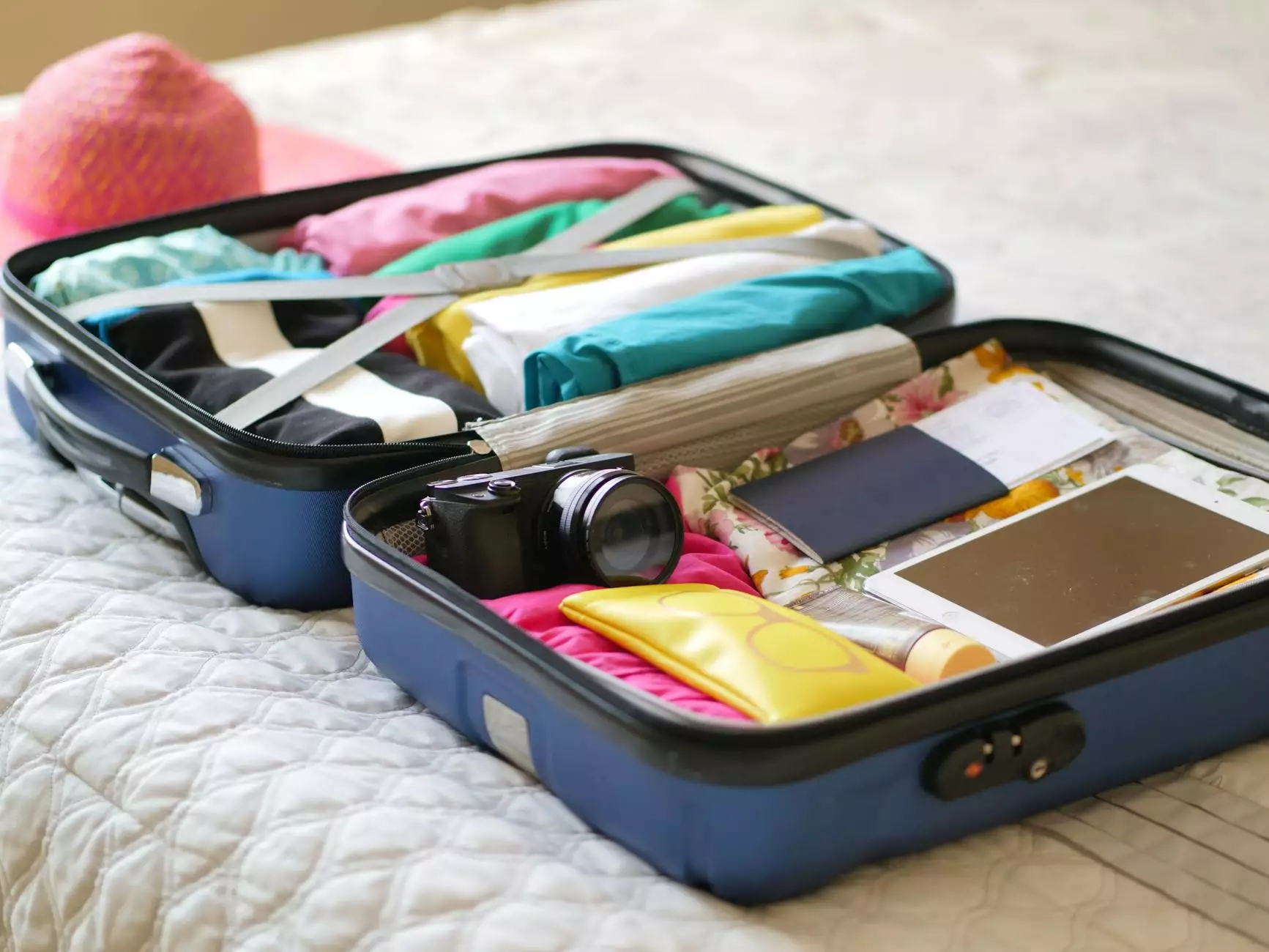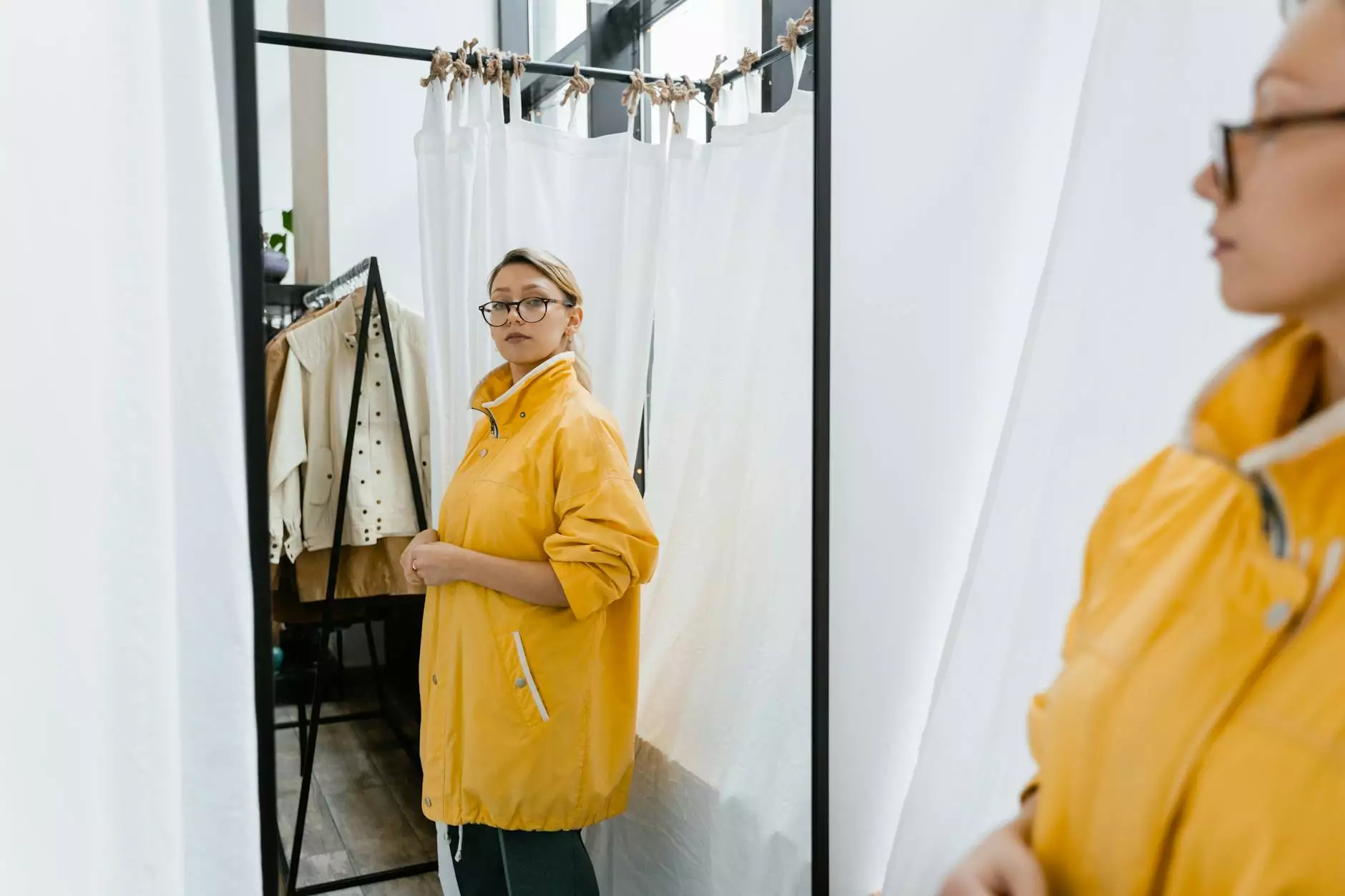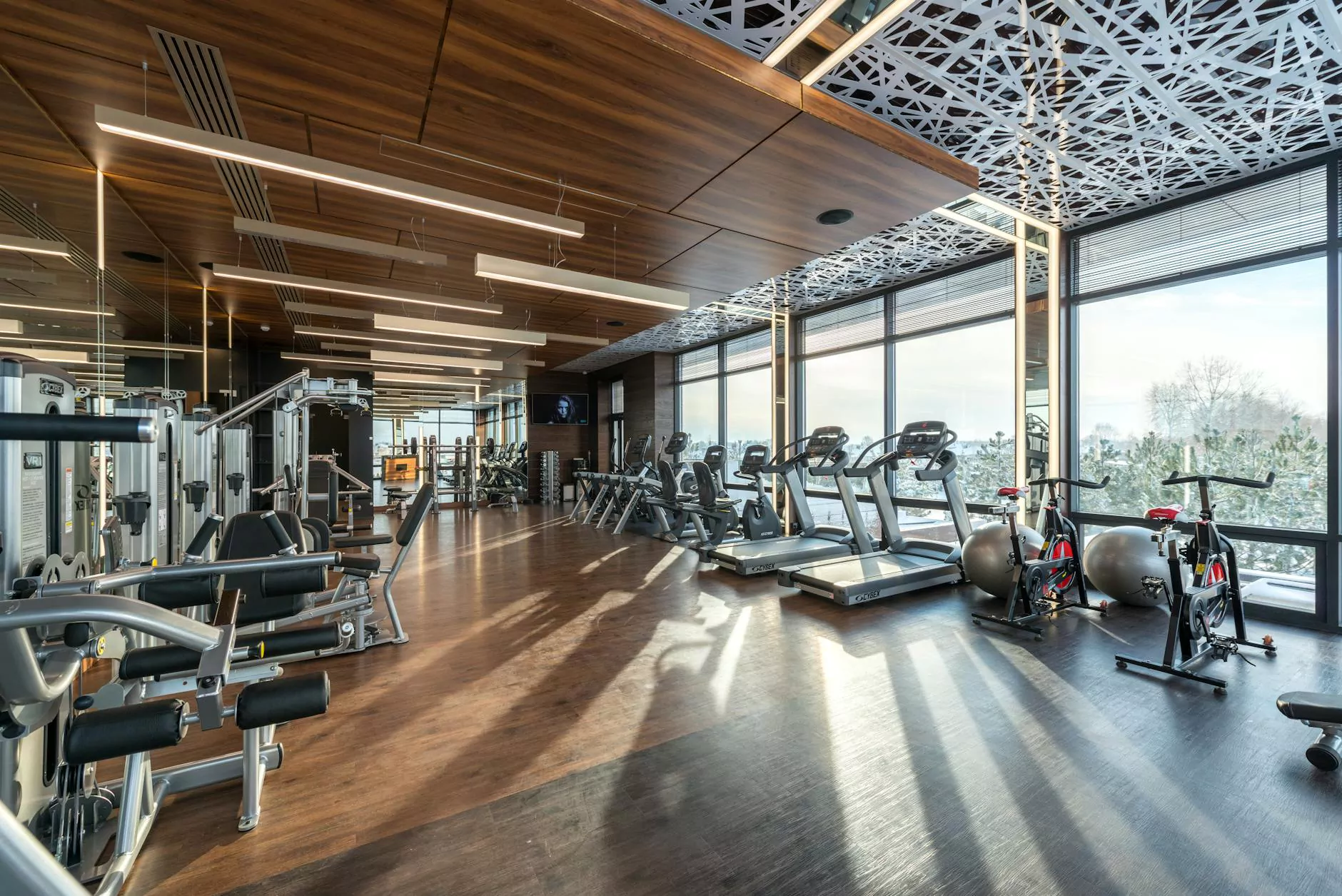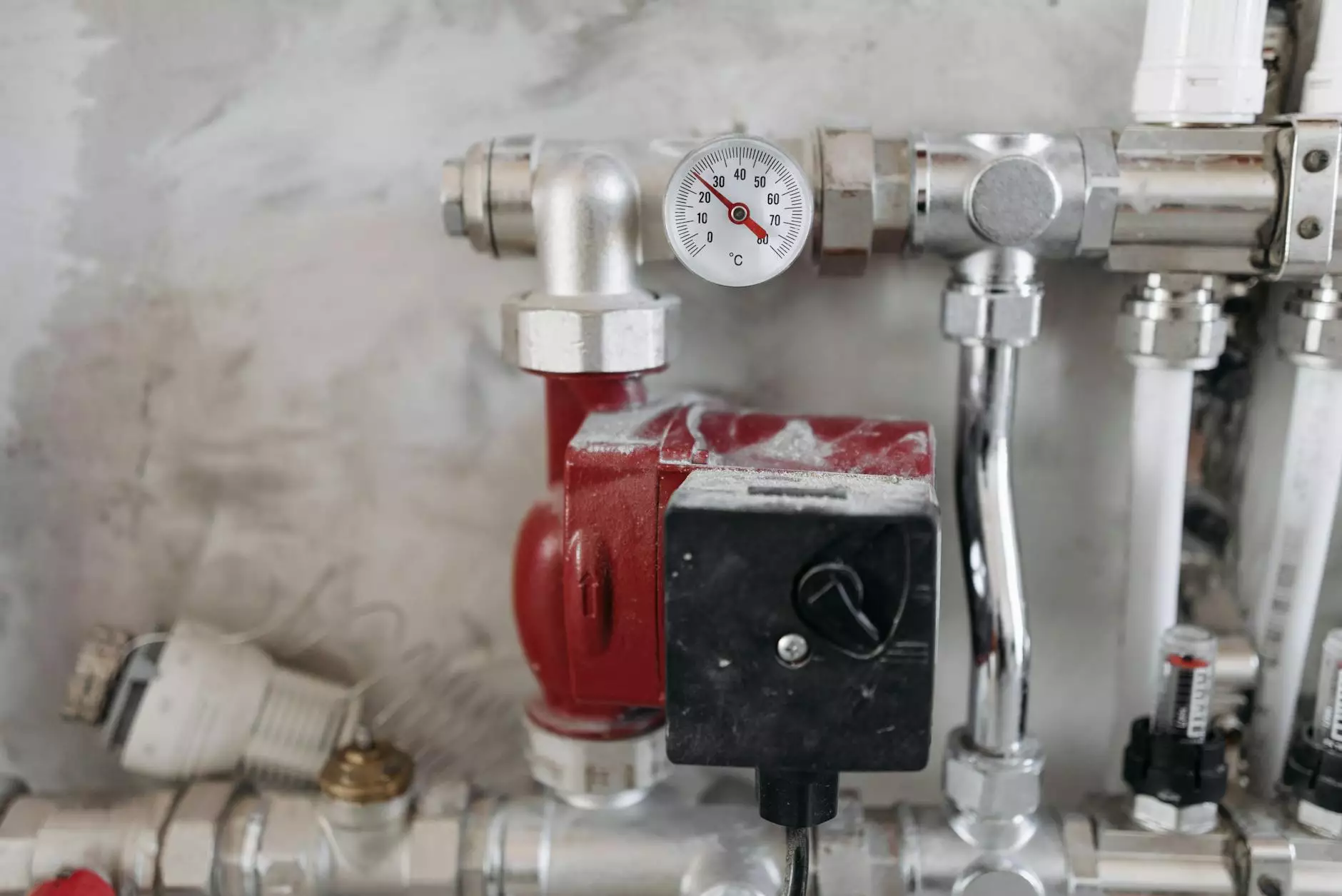Bocce Ball Court Construction: Creating Your Ideal Playing Space
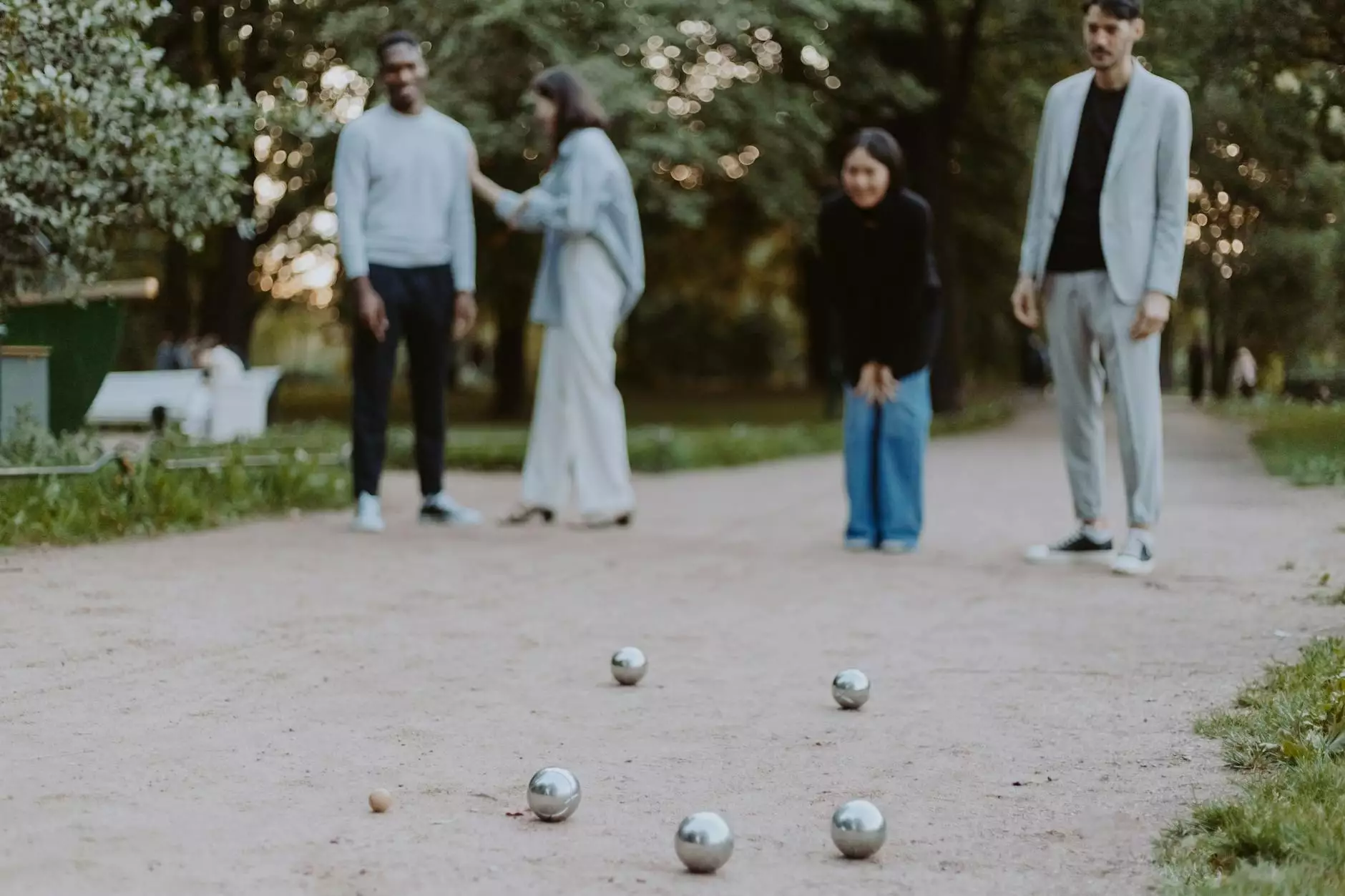
Bocce ball is more than just a game; it’s a delightful social activity that brings friends and family together. Constructing a bocce ball court in your backyard can transform your outdoor space into an exciting venue for gatherings, enhancing your home’s entertainment value. In this comprehensive guide, we will explore every aspect of bocce ball court construction - from planning and design to materials and maintenance - to ensure your court is built to last.
Why Build a Bocce Ball Court?
Building a bocce ball court provides numerous benefits:
- Social Interaction: Bocce is a game that encourages socializing, making it ideal for parties and family gatherings.
- Physical Activity: While it’s a leisurely game, bocce ball involves skill and strategy, promoting physical engagement.
- Aesthetic Appeal: A well-constructed court can enhance the beauty of your yard and increase property value.
- Year-Round Enjoyment: Bocce can be played in various weather conditions, making it a versatile outdoor activity.
Planning Your Bocce Ball Court
Before diving into bocce ball court construction, careful planning is crucial for success. Here's what to consider:
Space Requirements
The ideal size for a bocce ball court is 76 to 90 feet long and 8 to 12 feet wide. Make sure your yard can accommodate these dimensions. For recreational play, a smaller court may suffice.
Choosing the Location
Your court's location should be:
- Level: Look for a flat area to build your court. Uneven ground can affect gameplay.
- Drainage: Ensure good drainage to prevent water accumulation and mud.
- Sunlight: Select a space with adequate sunlight, as this can help in maintaining the court.
Design Elements
Consider the following design elements:
- Court Surface: Choose a surface that allows for smooth ball roll. Common materials include crushed stone, gravel, or artificial turf.
- Borders: Use sturdy materials for the court’s edges, such as wood, composite, or stone, to keep the playing area defined.
- Seating Arrangements: Incorporate seating nearby for spectators and players waiting for their turn.
Materials for Construction
The choice of materials is vital in achieving a durable and aesthetically pleasing court. Here’s a breakdown of common materials and their benefits:
Surface Materials
Choose from:
- Crushed Stone: Provides excellent drainage and a traditional feel.
- Artificial Turf: Offers a consistent playing surface and requires less maintenance.
- Grass: Natural surface that can be beautiful, but may require more upkeep.
Borders and Edging
Using a strong border around the court is essential:
- Wood: Easily available and can be treated for durability.
- Stone: Provides a longer-lasting option with a classic look.
- Plastic or Composite Edging: A flexible and durable choice that can withstand the elements.
Steps to Constructing Your Bocce Ball Court
Follow these essential steps for bocce ball court construction:
1. Site Preparation
Start by clearing the selected area of any debris, grass, or obstacles. Ensure the ground is level by using a shovel and rake. Depending on your chosen surface, you may need to dig deeper, especially if using crushed stone or gravel.
2. Installing Drainage
Good drainage is essential to keep your court playable. Consider creating a slight slope away from the playing area. Install drainage pipes if necessary, and make sure the ground below the surface is permeable.
3. Laying the Surface
Depending on your surface material, lay down crushed stone or install turf:
- Crushed Stone: Spread a layer of crushed stone, level it out, and compact it. Aim for about 4-6 inches depth.
- Artificial Turf: Roll out the turf and secure it to the base using adhesive or nails, ensuring it lies flat and smooth.
4. Creating the Borders
Secure your chosen edging material around the perimeter of the court. Make sure it is flush with the surface to prevent tripping hazards.
5. Adding Final Touches
Add any additional features like seating, landscaping, or lighting to enhance your bocce ball court. Landscaping with plants or flowers can make the area more inviting.
Maintaining Your Bocce Ball Court
Once your court is built, regular maintenance is essential to keep the surface in great condition:
- Regular Cleaning: Remove debris and keep the surface clear to prevent damage.
- Resurfacing: Over time, surfaces may need replenishing, especially if using crushed stone.
- Checking for Weeds: For grass courts, ensure to manage weed growth to maintain the playing area.
The Benefits of Choosing Artificial Turf
Artificial turf is a popular choice for bocce ball courts due to its low maintenance and consistent playing conditions. Here’s why you might consider it:
- Durability: High-quality artificial turf can withstand heavy play without showing wear and tear.
- Weather Resistant: Unlike natural grass, synthetic surfaces remain playable even after rain.
- Year-Round Aesthetics: Artificial turf maintains its appearance throughout the seasons, ensuring your court always looks pristine.
Conclusion
Constructing a bocce ball court in your backyard is a rewarding endeavor that enhances your outdoor living space. By carefully planning your court's design, selecting quality materials, and committing to maintenance, you'll create a wonderful environment for entertainment and exercise. Whether you choose natural materials or opt for modern artificial turf, your bocce ball court is sure to provide endless enjoyment for years to come. Start your bocce ball journey today and create memorable moments filled with laughter and friendly competition!
